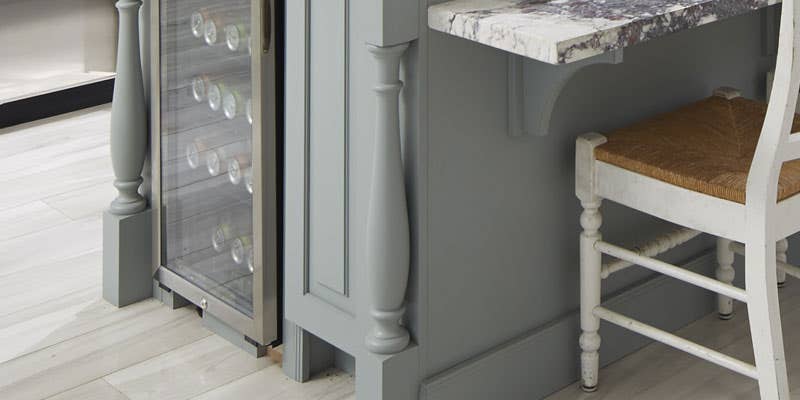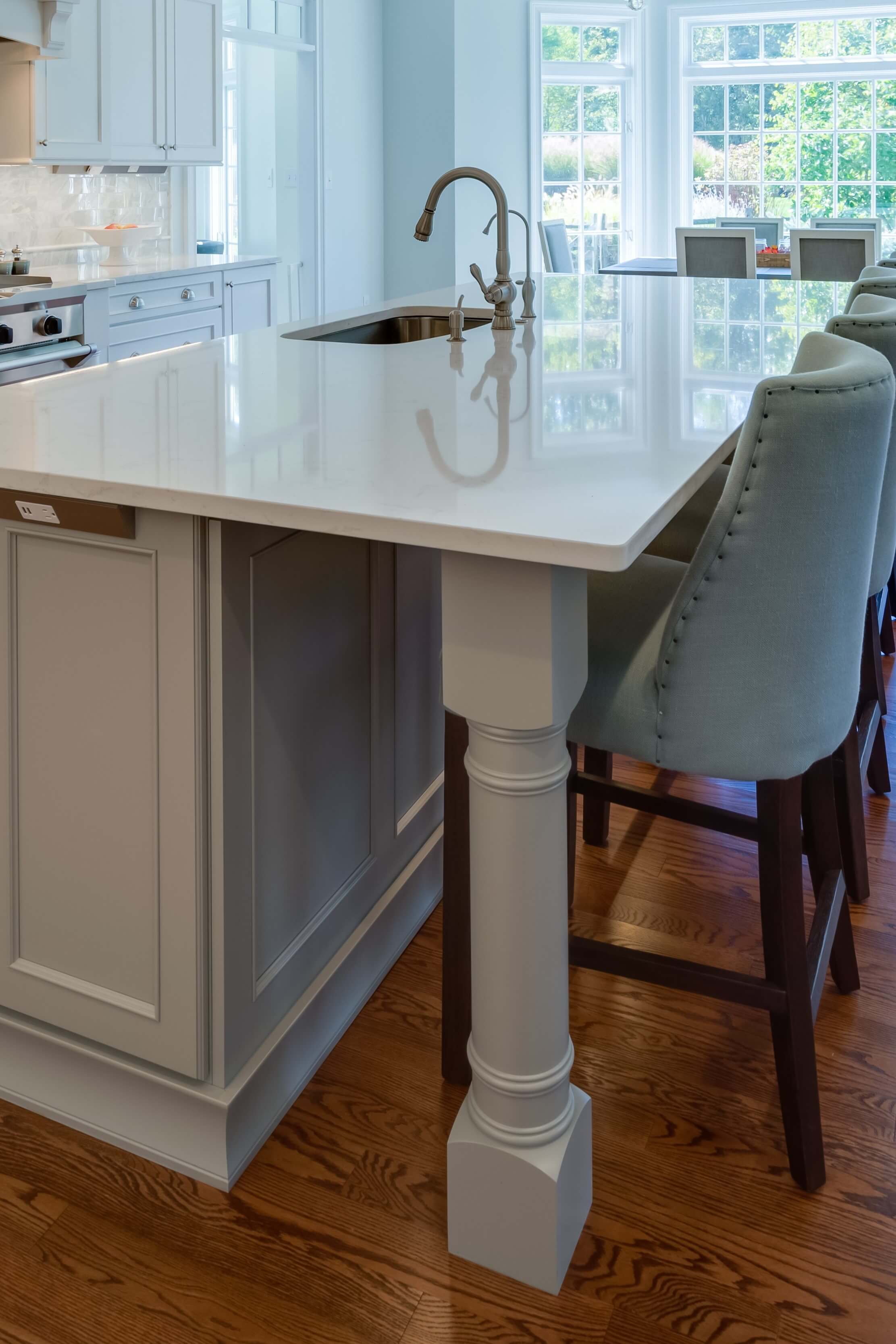Add Stability and Appeal with Sturdy Legs For Kitchen Island Setups
Necessary Aspects to Think About When Selecting Legs For Kitchen Island
Picking the suitable legs for a cooking area island involves a cautious analysis of multiple variables that can considerably affect both functionality and aesthetic allure. As we explore these aspects, it becomes clear that each decision can have significant effects for the overall kitchen area experience.
Product Options
When selecting legs for a kitchen area island, recognizing the various material choices is essential for achieving both aesthetic allure and architectural honesty (Legs For Kitchen Island). The selection of product dramatically influences not only the toughness of the island yet also its overall style and capability
Metal legs, typically made from stainless steel or wrought iron, contribute a contemporary and industrial feeling while making certain durability and security. These products are immune to use and can support considerable weight, making them perfect for larger islands.
An additional alternative is crafted materials, like MDF or plywood, which can be more cost-effective while still offering a range of coatings. They might not supply the exact same level of security as solid wood or steel. Legs For Kitchen Island. Products such as acrylic or glass can produce a contemporary appearance, though they may call for additional assistance to guarantee security.
Eventually, the selection of product for kitchen island legs need to line up with the desired functionality and the general theme of the kitchen area.
Design And Style

When thinking about design, the form and surface of the legs are vital. Conical legs can supply a feeling of agility and sophistication, while thicker, a lot more durable legs can communicate stamina and stability. Furthermore, the surface-- be it repainted, tarnished, or all-natural-- ought to match the cabinetry and countertop products to produce a unified appearance.
Additionally, the style of the legs can also reflect individual preference. Customized or decorative legs, such as those including intricate makings or one-of-a-kind geometric forms, can serve as focal points, including personality and personality to the kitchen. Inevitably, the ideal selection will not just improve functionality yet likewise elevate the visual charm, making the kitchen island a standout attribute of the home.
Height Considerations
Selecting the suitable elevation for kitchen island legs is critical, as it directly affects both capability and comfort. The basic elevation for a kitchen island commonly ranges from 36 to 42 inches, lining up with usual countertop heights.

It is likewise vital to account for customers' elevations and preferences. Tailoring the height can ensure a comfortable experience for all family participants, making the kitchen area island a more useful and satisfying space.
Weight Assistance
Guaranteeing ample weight support for cooking area island legs is important for both safety Read Full Report and capability. The kitchen area island often offers numerous functions, consisting of cooking, eating, and additional storage, necessitating a durable assistance structure. When picking legs, it is essential to take into consideration the overall weight capability called for based on the island's meant usage and the products that will be put on it.
The selection of material for the legs plays a considerable duty in their weight-bearing capabilities. Strong timber, metal, and heavy-duty compounds generally supply premium strength compared to lighter products. In addition, the design of the legs-- whether they are straight, tapered, or have a pedestal type-- can affect their capacity to distribute weight properly across the structure.
Always consult the manufacturer's specifications concerning load limits to ensure that the legs can maintain the desired weight without jeopardizing security. In summary, selecting kitchen island legs with adequate weight assistance is crucial for developing a secure and practical cooking area.
Installation and Upkeep
Appropriate installment and maintenance of cooking area island legs are vital for guaranteeing longevity and security. This frequently entails securing the legs to the island base making use of suitable bolts, ensuring that the legs are degree and aligned.
When mounted, regular upkeep is necessary to protect the honesty and appearance of the legs - Legs For webpage Kitchen Island. For wood legs, routine cleaning with a moist cloth and application of appropriate timber gloss can protect against moisture damages and keep their finish. Metal legs may need a mild cleaning option to get rid of grease and gunk, adhered to by a completely dry cloth to avoid corrosion development
In addition, evaluate the legs routinely for indications of wear or damages, such as fractures or loosened joints. Tightening up screws or screws as required can likewise lengthen the lifespan of the legs. By adhering to these installation and maintenance practices, homeowners can ensure that their kitchen island remains sturdy and visually appealing for years to come.
Conclusion

Aesthetic coherence is critical in choosing the design and layout of legs for a cooking area island, as these elements significantly affect the total setting of the room. Conical legs can provide a sense of lightness and beauty, while thicker, much more robust legs can communicate stamina and stability.Selecting the proper elevation for cooking area island legs is critical, as it straight influences both capability and convenience. In recap, picking cooking area island legs with appropriate weight assistance is necessary for developing a practical and secure cooking area.
In final thought, selecting legs for a kitchen island necessitates mindful factor to consider of numerous aspects, including material alternatives, design, height, weight support, and installation.